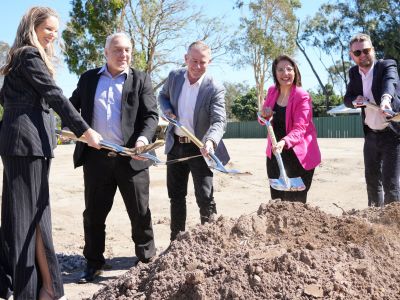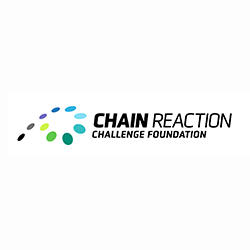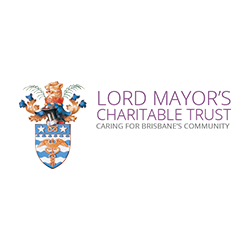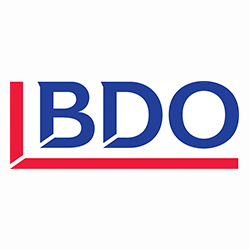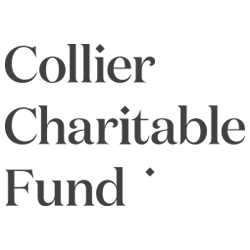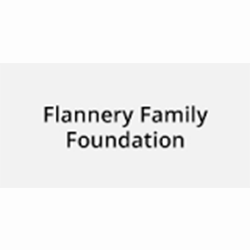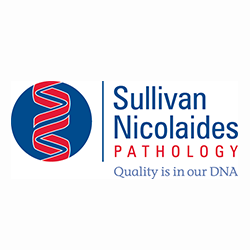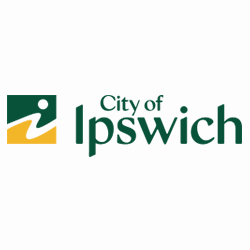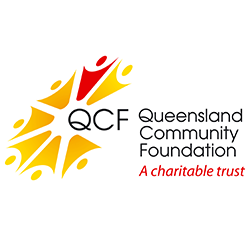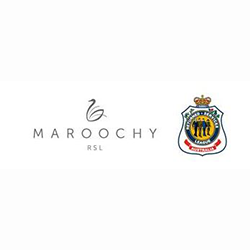There is a long-standing debate in the autism community about the best way to refer to people with a diagnosis of autism.
Some prefer identity-first language, and others prefer person-first language.
At AEIOU, it's important to us that we use inclusive language regarding autism. Let's take a closer look at what that means.
What is the difference between identity-first and person-first language?
Identity-first language puts the word "autistic" before the word "person" to refer to an "autistic person". Identity-first language is seen by some as a way of asserting the identity of people with autism and rejecting the notion that autism is a disease or disorder.
Person-first language, which puts the word "person" before the word "autistic" such as "person with autism", is seen by some as a way of emphasising the personhood of people with autism.
What language do we use?
At AEIOU, we recognise that there are pros and cons to both approaches. Even within the autism community, language preferences vary among autistic individuals and their families.
At AEIOU, we use a combination of person-first and identity-first language, respecting both language preferences.
When communicating with families
In our communications with families, we prioritise person-first language. This is based on feedback from our parent community as part of a 2023 study.
During interviews with parents and carers of young children enrolled at AEIOU in 2023, the majority of families of children in this age group preferred person-first language. This group felt person-first language best reflected the unique experiences and views of parents who are raising young children with a new diagnosis.
When community with sector stakeholders
With sector, corporate or government stakeholders, we employ identity-first language. This is because this is the preference of the wider autistic community and matches the preference of many autism advocacy bodies, universities, government agencies/departments, and other providers.
In the public sphere
When writing public-facing documents, AEIOU will always include a disclaimer in the interest of transparency, acknowledging the diverse language preferences of people with autism and why we have chosen to communicate in a given way.
There is no one-size-fits-all approach
Importantly, there is no one-size-fits-all approach, and no 'always right' language to use.
Ultimately, it comes down to each individual's preferences. Each person has a way of talking about themselves or people they care for that they like best.
We have built a neuro-affirming culture at AEIOU. When it comes to language, that means we advocate for using language that the particular individual prefers at every opportunity, above all. For example, when communicating with families, our team are expected to ask what that child's or family's preferred language is and use that.
Language evolves
AEIOU continues to conduct research with families whose children are enrolled at AEIOU, as well as with members of the autism community, to better understand language preferences.
We are committed to continuing on this language journey, to remaining open to feedback and change as community preferences evolve, and to better defining the language we use when we communicate with, talk about, and advocate on behalf of the cohort of children we support and their families.


